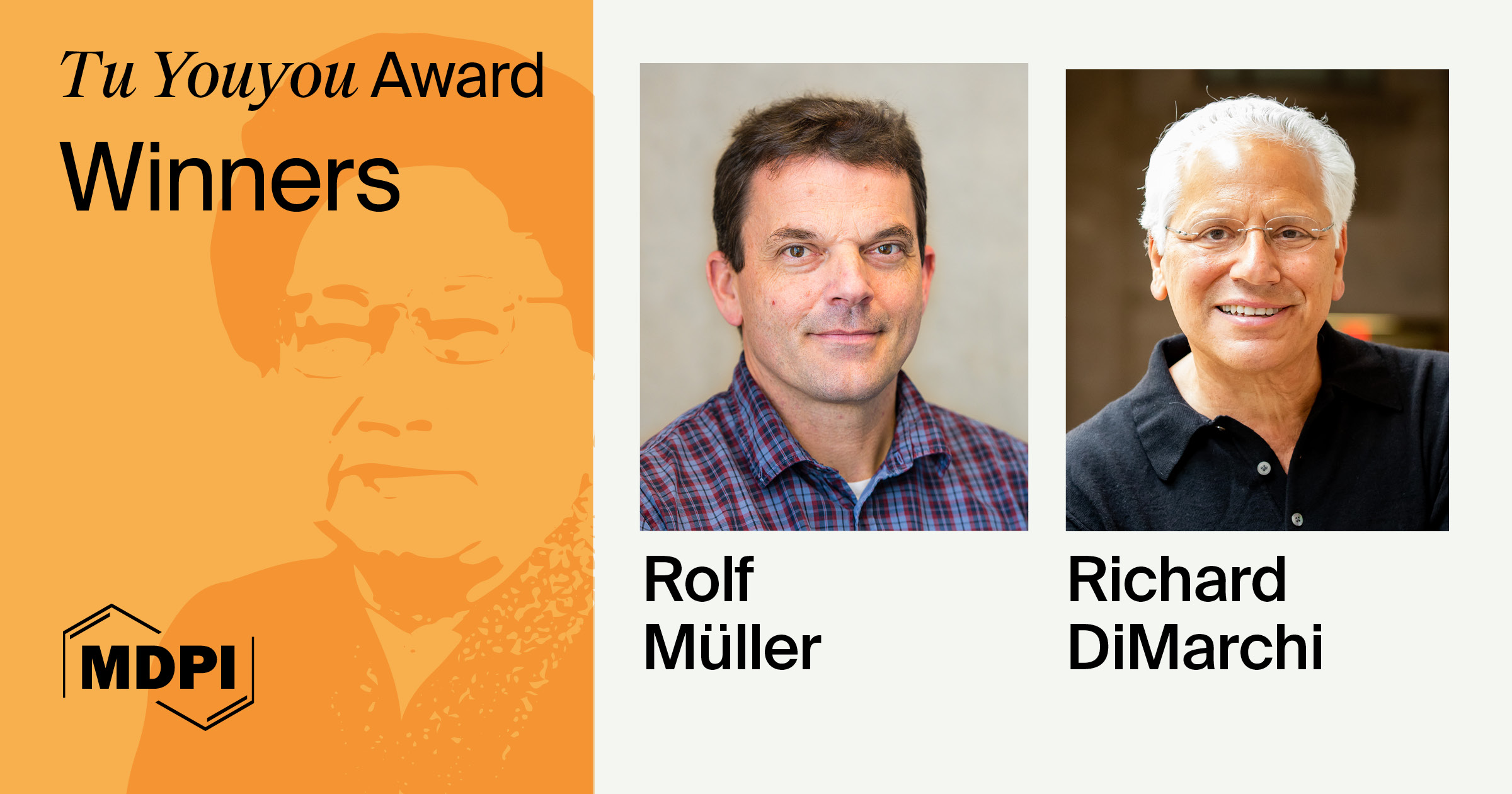High soil sulfate levels can inhibit crop growth and accelerate concrete infrastructure degradation, highlighting the critical importance of rapid and accurate sulfate content determination. Nevertheless, conventional analytical techniques are laborious and intricate, and delays in processing may result in alterations to the material,
[...] Read more.
High soil sulfate levels can inhibit crop growth and accelerate concrete infrastructure degradation, highlighting the critical importance of rapid and accurate sulfate content determination. Nevertheless, conventional analytical techniques are laborious and intricate, and delays in processing may result in alterations to the material, owing to oxidation. We recognized the accuracy, reproducibility, and non-invasiveness of mid-infrared (MIR) spectroscopy as a rapid and straightforward technique for soil analysis. In this study, soil samples were collected from two depths (0–20 cm and 20–40 cm) across three regions in China: the arid northwestern region, the cold-temperate northeastern zone, and the subtropical southwestern region. One group was mixed with Na
2SO
4 (a readily soluble salt) at mass fractions ranging from 0.1% to 7%, while the other group was mixed with FeS
2 (a sulfide) at mass fractions ranging from 1% to 70%. This study aimed to develop a mid-infrared spectroscopy-based method for analyzing soluble sulfate and sulfide in soil. Three chemometric methods were evaluated: partial least squares regression (PLSR), principal component regression (PCR), and multivariate linear regression (MLR). Results showed that the MLR model provided superior predictive performance. For the 20–40 cm sodium sulfate-mixed soil from the arid northwestern region, the MLR model exhibited the best performance with an Rp
2 of 0.9535, an RMSEP of 0.0030, an RPD of 4.96, and an RPIQ of 6.26. For the 20–40 cm iron disulfide-mixed soil from the cold-temperate northeastern region, the MLR model demonstrated superior results with Rp
2, RMSEP, RPD, and RPIQ values of 0.9590, 0.042, 5.97, and 10.94, respectively. For the 0–20 cm iron disulfide-mixed soil from the subtropical southwestern region, the MLR model achieved the best performance with an Rp
2 of 0.9848, an RMSEP of 0.0025, an RPD of 14.20, and an RPIQ of 25.48. Despite regional variations in soil properties, this study successfully predicted sulfate and sulfide contents in soils from diverse areas using mid-infrared spectroscopy combined with appropriate chemometric methods. This approach provides reliable technical support for soil sulfate detection and offers significant practical value for soil assessment in both agricultural production and engineering construction.
Full article

































